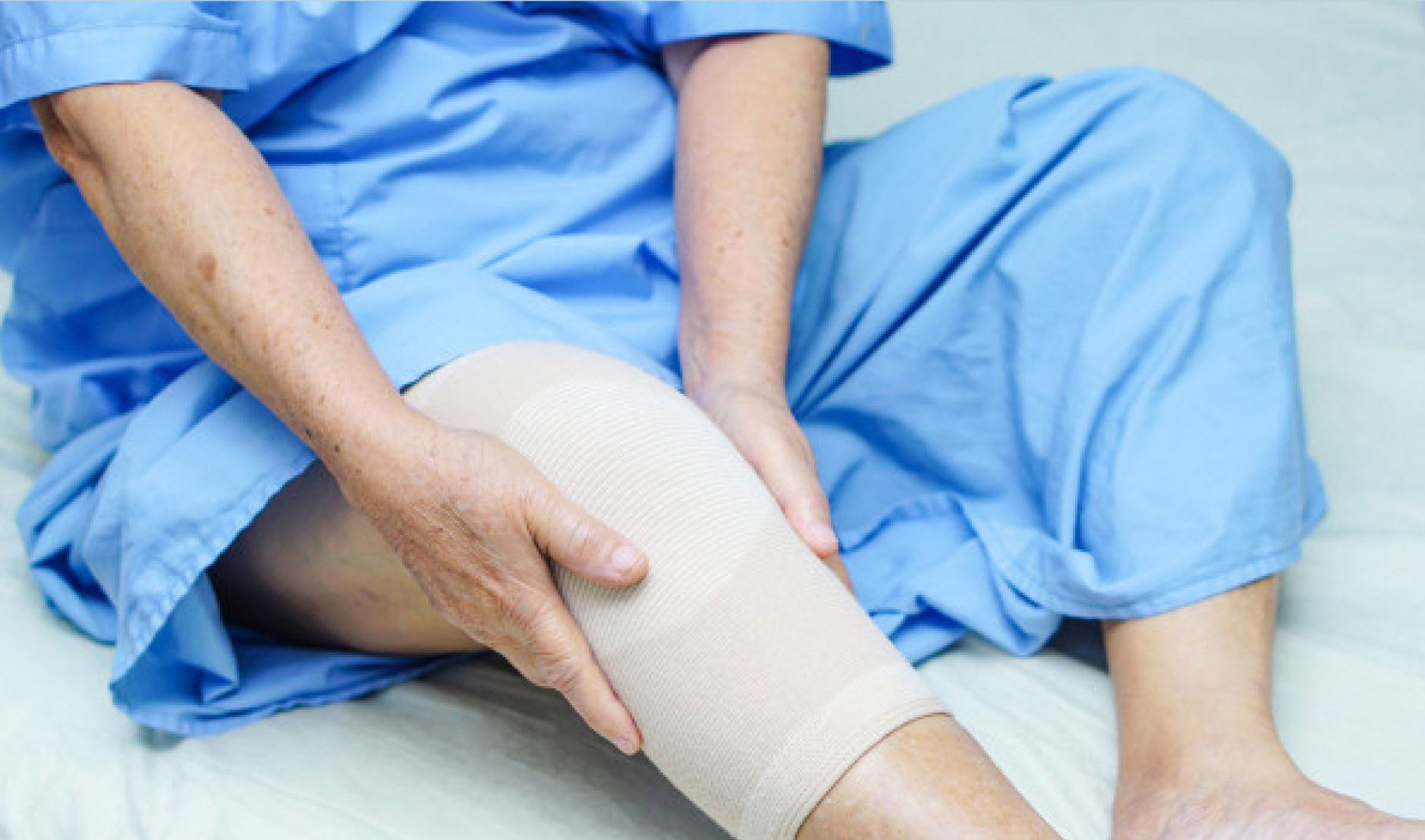With a mixture of bone cement that is used for the fixation of joint prostheses that includes an antibiotic that is frequently used to combat multiresistant germs, with the aim of preventing infections, a complication associated with the placement of these prostheses. With which they intend to improve the treatments that are administered when joint prosthesis infections occur, since until now only antibiotics were available whose action spectrum does not reach even 30% of the existing germs, and against which the pathogens had developed and many resistances.
The rate of infection of hip and knee prostheses (the most common) is between 0.5% and 3% of cases, and the treatment that is applied to patients when this occurs is to remove the prosthesis and clean the affected area, and place a new prosthesis that is previously impregnated with the available antibiotics, which are not effective against all germs.
 The release of the antibiotic directly in the area where the infection would occur increases the effectiveness of the drug and would reduce the duration of treatment that is given to patients with prostheses that have already had an infection. These patients are more at risk of developing a new infection and, to prevent recurrence, they are usually given intravenous antibiotics for three to six months. Therefore, if the new prosthesis locally releases an appropriate concentration of antibiotic, new infections will be avoided, with a shorter treatment.
The release of the antibiotic directly in the area where the infection would occur increases the effectiveness of the drug and would reduce the duration of treatment that is given to patients with prostheses that have already had an infection. These patients are more at risk of developing a new infection and, to prevent recurrence, they are usually given intravenous antibiotics for three to six months. Therefore, if the new prosthesis locally releases an appropriate concentration of antibiotic, new infections will be avoided, with a shorter treatment.
Prevent the appearance of infections after orthopedic surgery, and improve the effectiveness of the treatment of infections that can not be avoided, are the objectives of this new project.
Learn more about your health and well-being at Pharmamedic.






